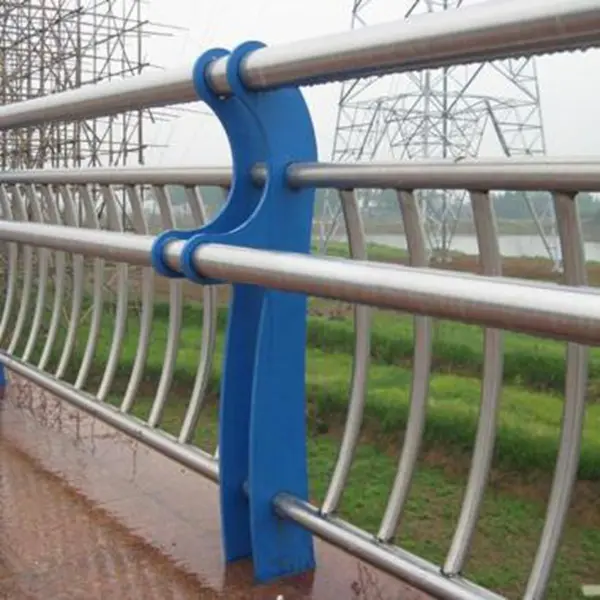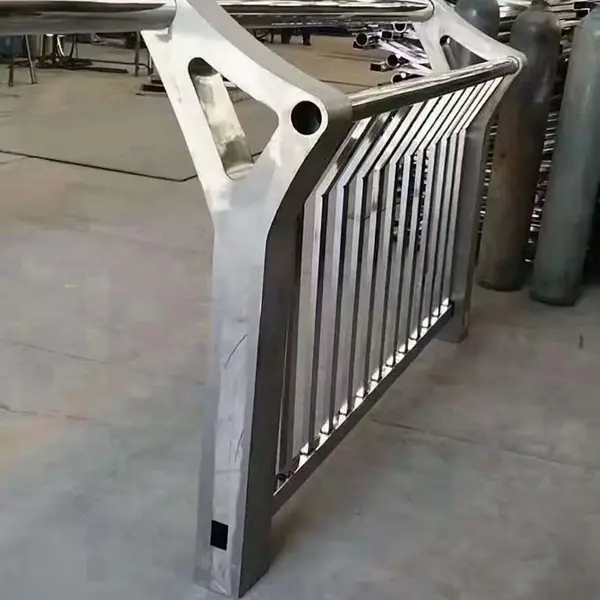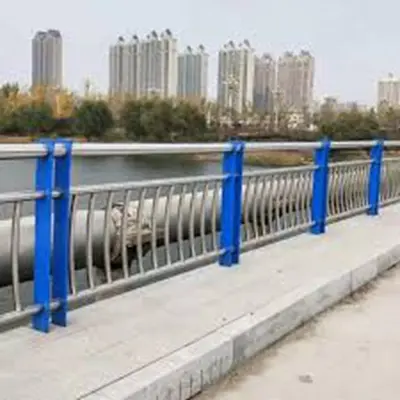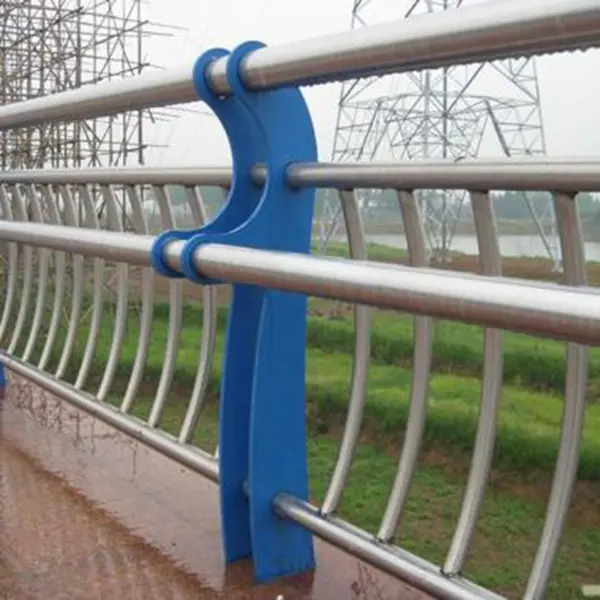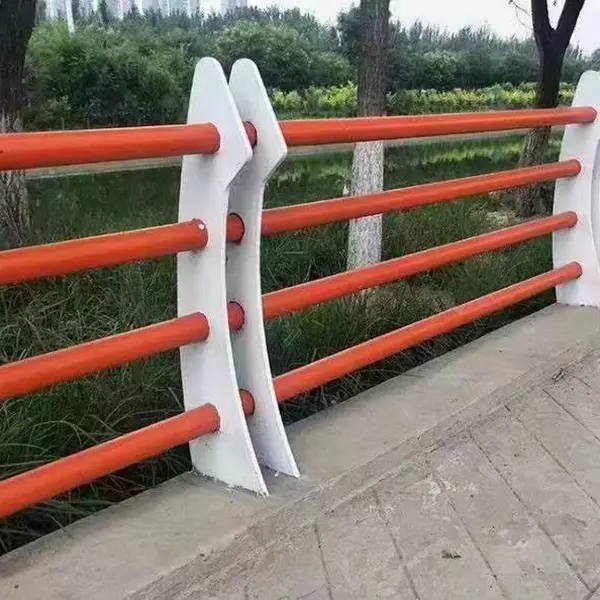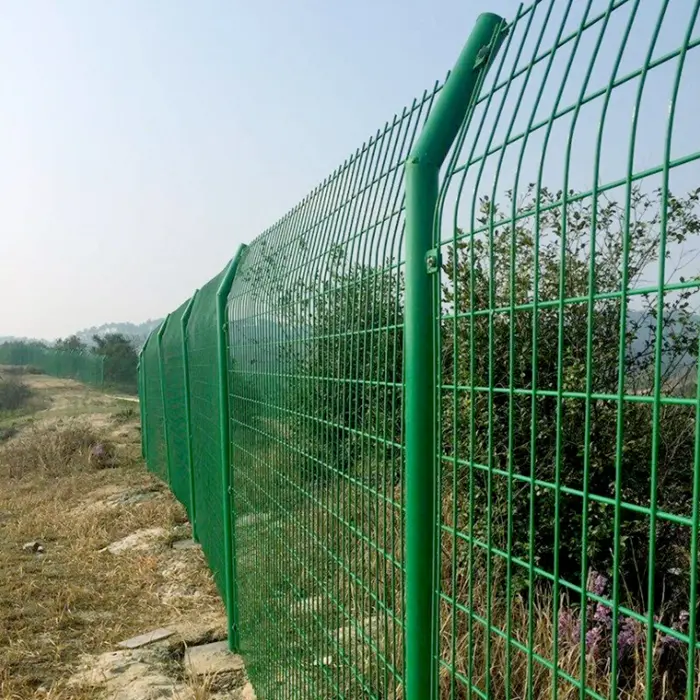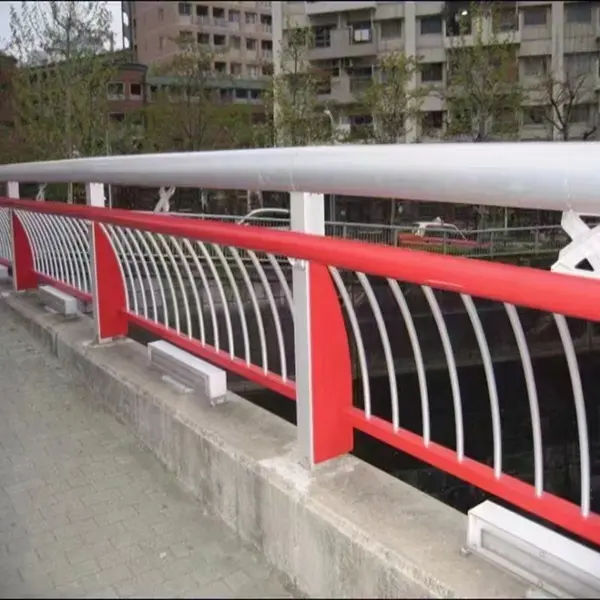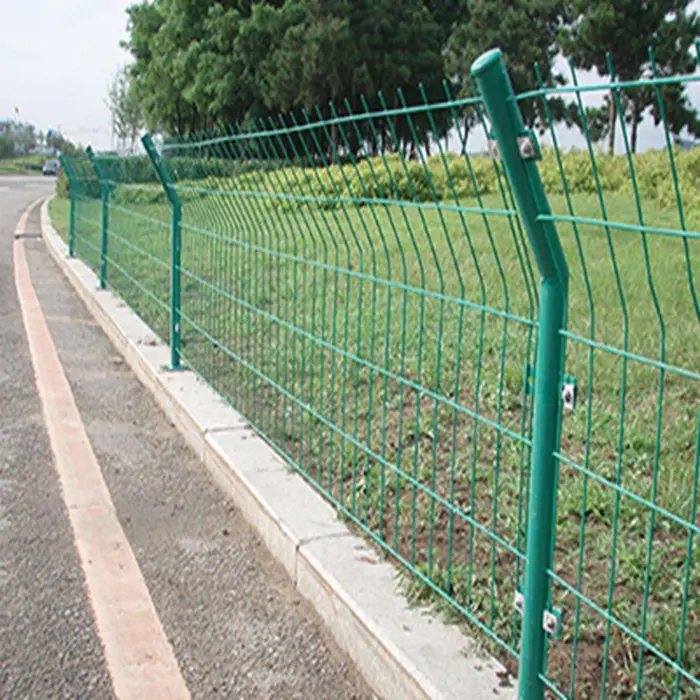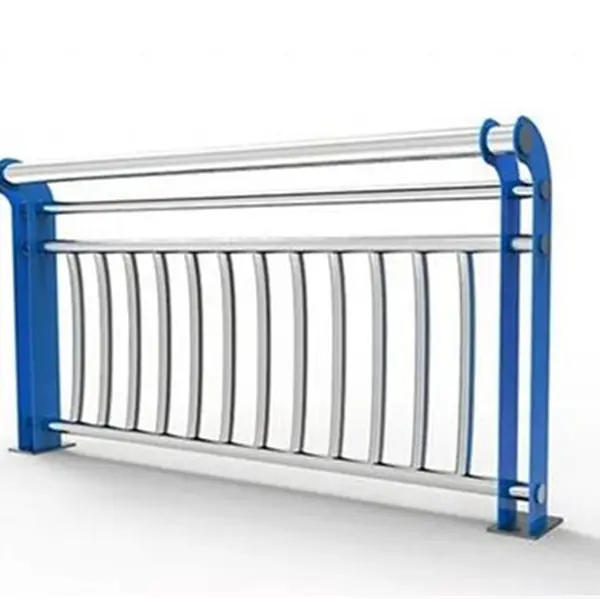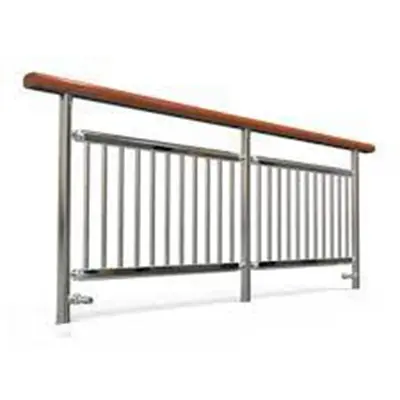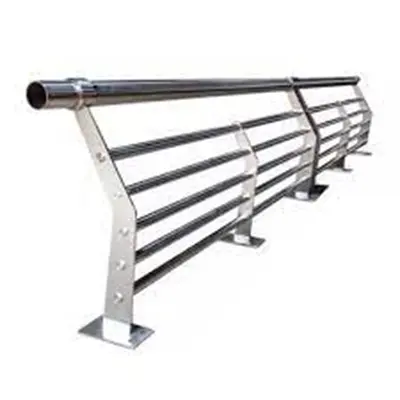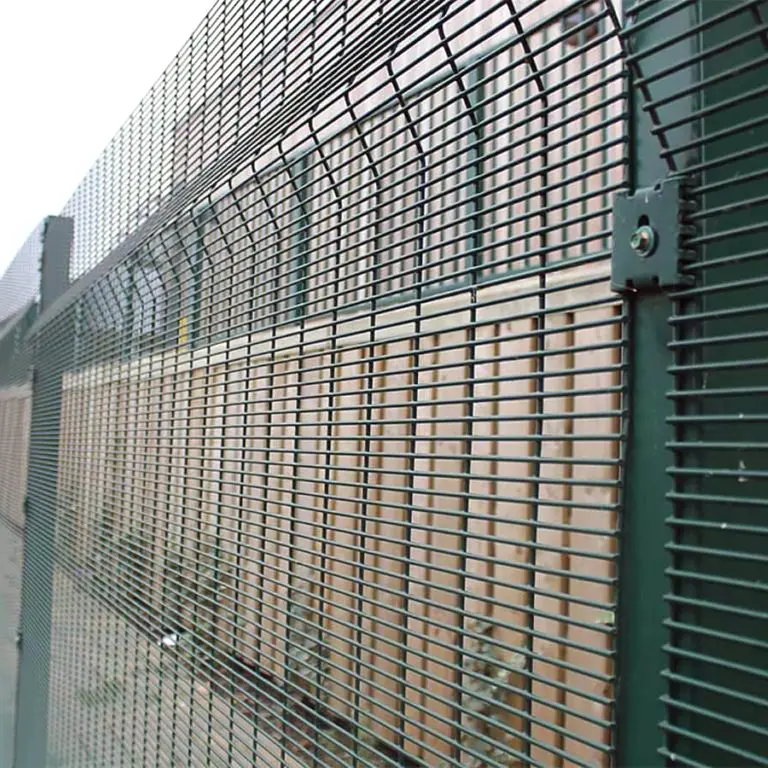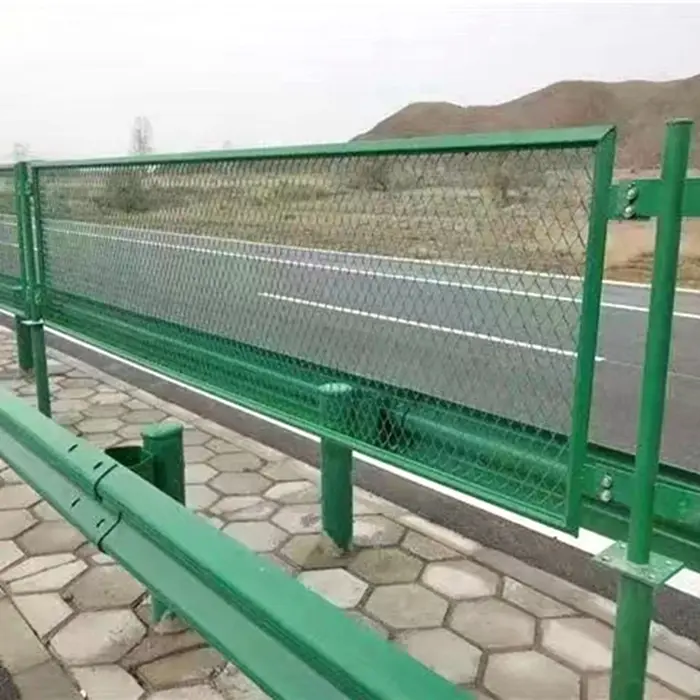A barrier bridge guardrail is a protective safety system installed along the edges of bridges to prevent vehicles from accidentally leaving the roadway and falling into lower levels or water bodies. These guardrails are engineered to withstand high-impact collisions while redirecting errant vehicles back onto the road, minimizing the risk of severe accidents. Typically made from durable materials like galvanized steel, concrete, or high-tension cables, they are designed to absorb and dissipate kinetic energy upon impact.
The structural integrity of a barrier bridge guardrail depends on its height, rigidity, and anchoring system, ensuring stability even under extreme forces. Modern designs often incorporate crash-tested features such as energy-absorbing terminals or deformable sections to enhance safety for motorists. Additionally, these guardrails may include reflective markings or lighting to improve visibility during nighttime or adverse weather conditions.
What Is a Bridge Guardrail? Types and Safety Standards
A bridge guardrail is a protective barrier system installed along bridge edges to prevent vehicles from veering off the structure. These railings are engineered to absorb impact energy while maintaining structural integrity, reducing the severity of accidents. Common types include:
W-beam guardrails: Made of steel panels, cost-effective for highways.
Concrete barriers: Rigid and durable, used in high-traffic zones.
Cable railings: Flexible, stainless steel systems for aesthetic bridges.
Metal tube railings: Often used in urban bridges for a balance of safety and design.
Corrosion Resistance and Maintenance of Bridge Guardrails
Bridge guardrails face constant exposure to moisture, road salt, and pollution, making corrosion resistance vital. Galvanized steel is the most common choice, with a zinc layer for rust protection. Stainless steel or aluminum offers superior longevity in coastal or high-humidity regions but at a higher cost.
Maintenance involves regular inspections for rust, cracks, or loose fittings. Damaged sections should be repaired or replaced promptly to prevent safety hazards. Protective coatings like epoxy or powder paint can extend lifespan. In harsh climates, cathodic protection systems may be used to prevent electrochemical corrosion. A well-maintained guardrail ensures long-term safety and cost efficiency.


